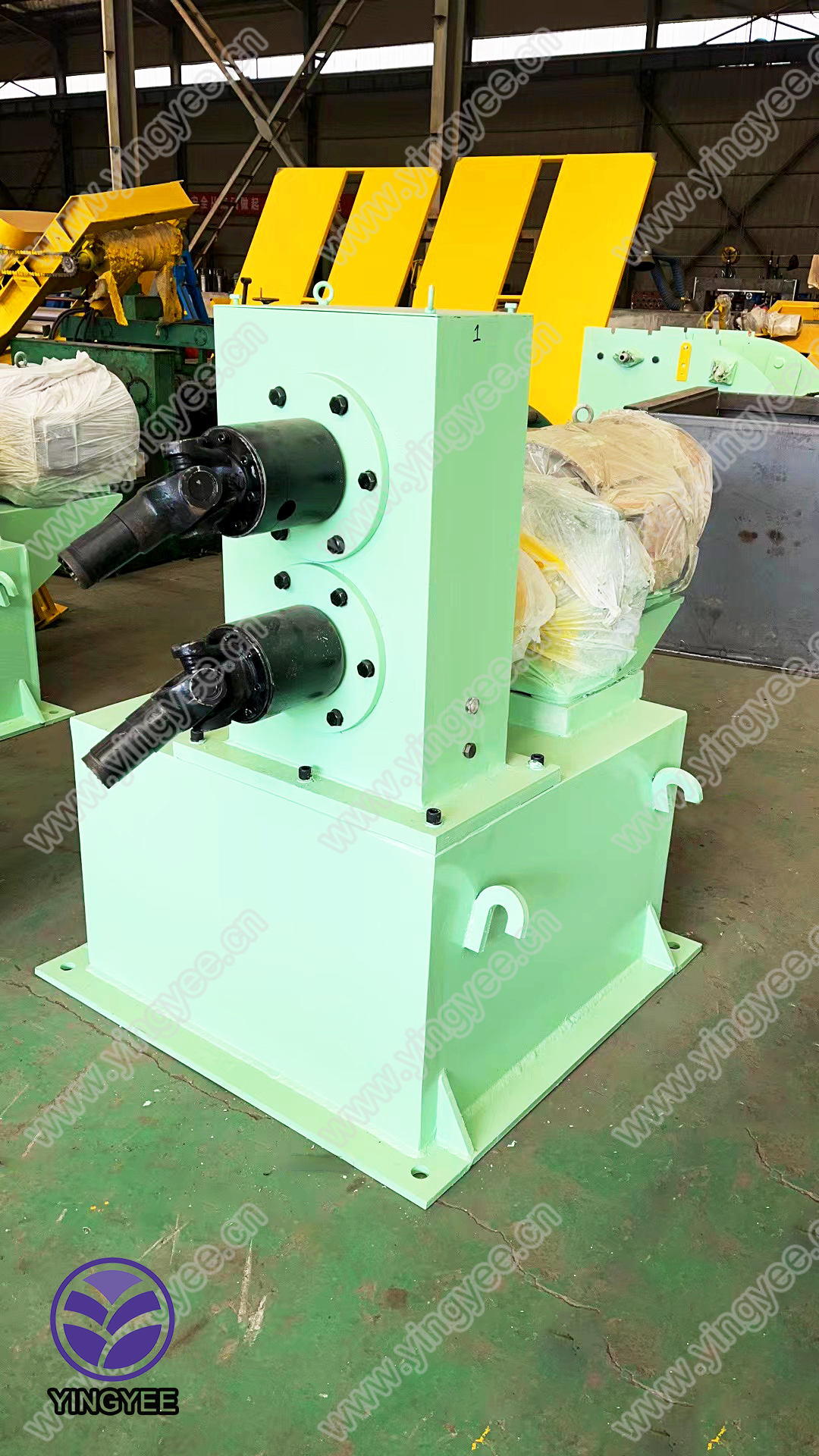
Ridge Capping Roll Forming Machine Enhancing Metal Roofing Solutions
The roofing industry has witnessed significant advancements in technology over the years, and one of the pivotal innovations is the ridge capping roll forming machine. This state-of-the-art equipment is designed to create ridge capping, a vital component in metal roofing systems that enhances both aesthetics and functionality.
Ridge caps are essential for protecting the edges of roof panels where two slopes meet. They provide a finished look while also serving to prevent water ingress, improve airflow, and mitigate the risk of structural damage due to accumulating moisture. The role of ridge caps in maintaining the integrity and longevity of a roof cannot be overstated. To manufacture these components efficiently, the ridge capping roll forming machine has become an indispensable tool.
Understanding Ridge Capping Roll Forming Machines
A ridge capping roll forming machine operates by taking flat metal sheets, often made of materials like galvanized steel, aluminum, or stainless steel, and transforming them into contoured ridge capping profiles. The process begins with unwinding a coil of metal, which is then fed through a series of rollers. Each set of rollers gradually shapes the metal, giving it the desired profile while ensuring uniformity and precision.
These machines can be customized to produce various ridge cap designs depending on the project's specific requirements
. This flexibility allows manufacturers to cater to diverse customer needs, whether they require standard shapes or unique profiles tailored for specific architectural styles.Benefits of Using Ridge Capping Roll Forming Machines

One of the primary advantages of employing a ridge capping roll forming machine is its efficiency. Traditional methods of creating ridge caps can be labor-intensive and time-consuming. In contrast, roll forming machines streamline the entire process, significantly reducing production time. This efficiency not only boosts output but also translates into cost savings for manufacturers.
Moreover, these machines are designed for high durability and can produce ridge caps in large volumes without compromising on quality. Consistency is crucial in roofing applications, as uneven or poorly manufactured ridge caps can lead to severe structural issues. The precision engineering of roll forming machines ensures that every ridge cap produced meets stringent quality standards.
Additionally, the machines are often equipped with advanced technology, such as automated controls and digital displays. This technology allows operators to monitor the production process closely, making adjustments as needed to maintain quality and efficiency. Some models even include features for automatic cutting and stacking, further enhancing productivity.
Environmental Considerations
In today’s market, environmental sustainability is a pressing concern. Ridge capping roll forming machines contribute to greener practices by minimizing waste during production. The process of roll forming generates significantly less scrap compared to traditional metal fabrication methods, aligning with the growing demand for environmentally friendly manufacturing processes.
Conclusion
In summary, the ridge capping roll forming machine is a vital tool in the roofing industry, providing manufacturers with the ability to produce high-quality ridge caps efficiently and sustainably. As technology continues to evolve, these machines are likely to play an even more critical role in meeting the growing demands of construction and renovation projects. By investing in advanced roll forming technology, companies can enhance their productivity while ensuring the durability and attractiveness of their roofing solutions.